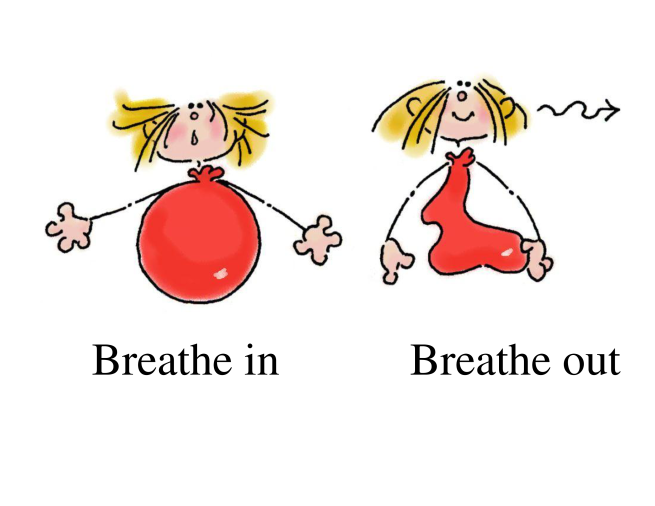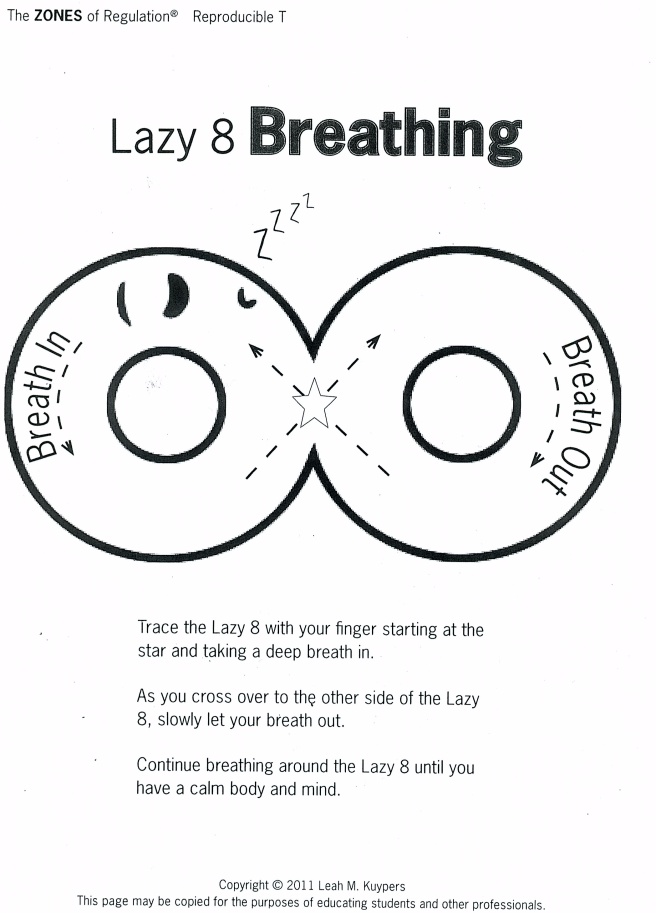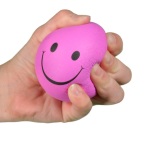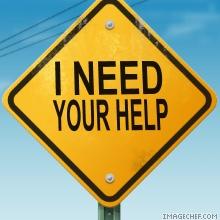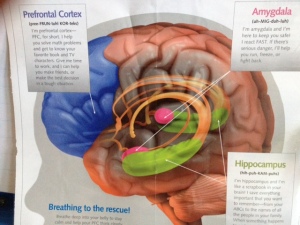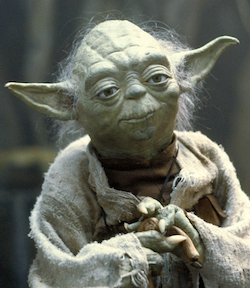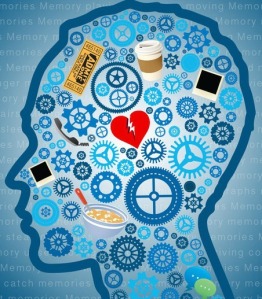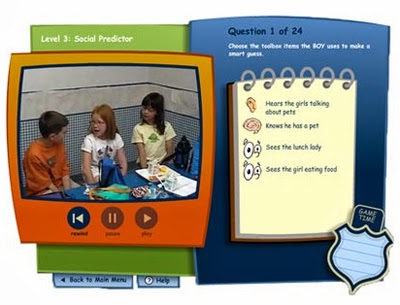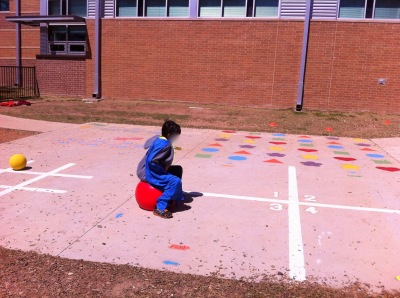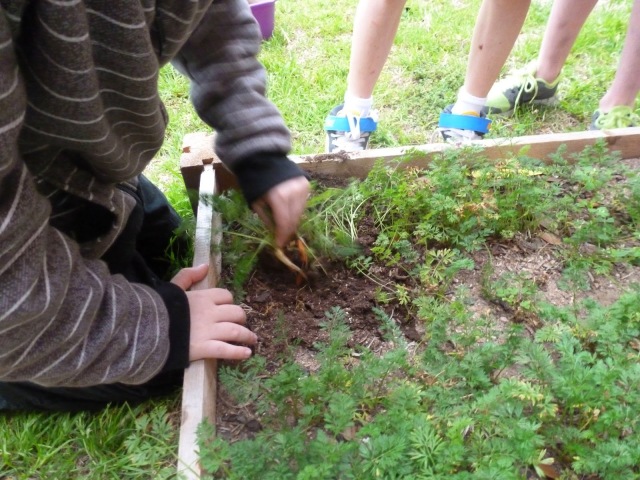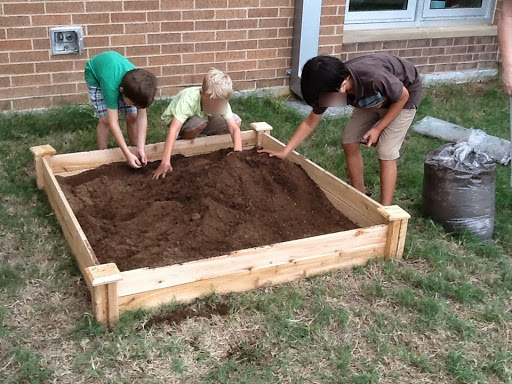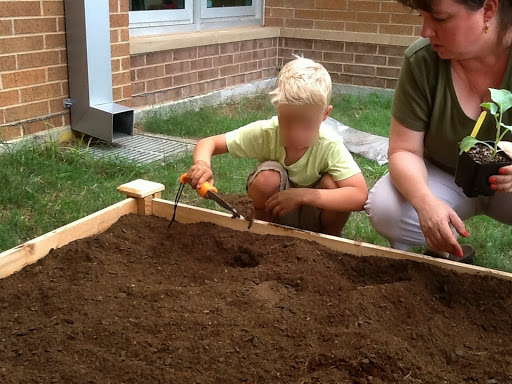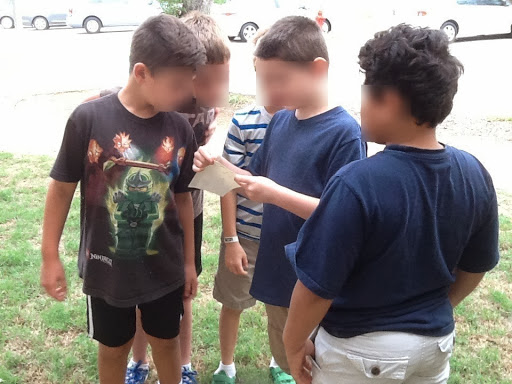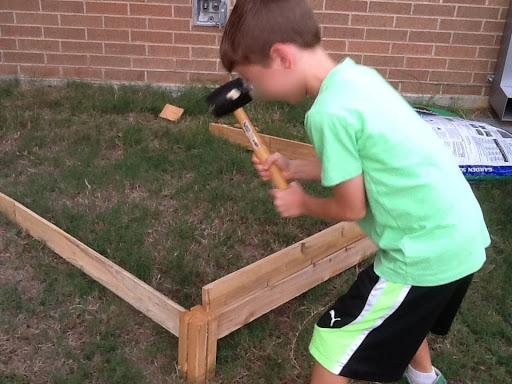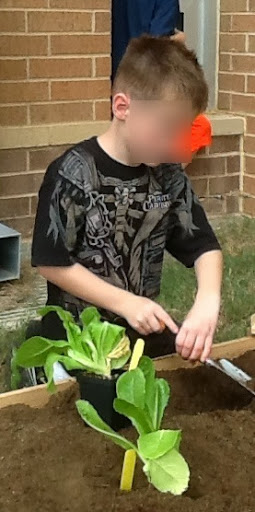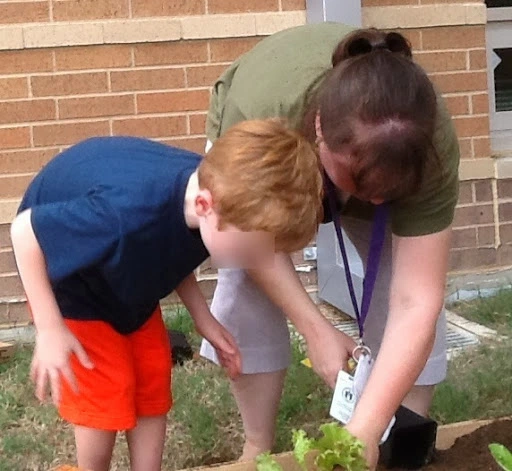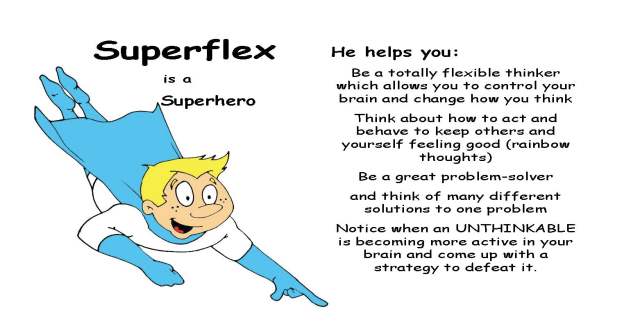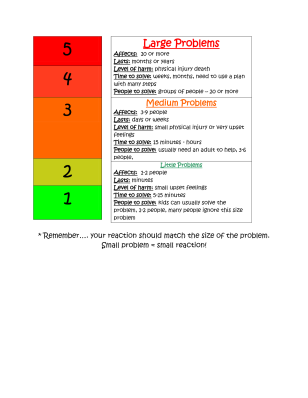After battling with the interface for the former SCORES blog and having it eat several of my posts this semester, I’ve made the switch over to WordPress. This is the primary way that I keep parents up-to-date with helpful tools, information, and updates about the topics and skills we are learning in the Social Thinking groups.
If you’d bookmarked the old site, please update to this one. Also, please make sure to click “follow by email” on the sidebar, so that you will automatically be notified when new posts are added. I am in the process of moving all the tools and resources from the old site to this one and then will shut that site down. I will hopefully have all the resources and tools moved over by the end of the holiday break. I will send out an update when everything is complete.
 Wondering about what exactly is Executive Functioning? Wondering how to help your child develop homework skills, organizational skills, and better time management? You’re not alone. These questions come up often in my conversations with parents. If it would be helpful to you, I am considering setting up a parent meeting one night early next semester to provide information, strategies, and answer questions regarding strategies you can employ at home to help your child develop his or her executive functioning skills. If this is something that would be helpful to you, please email me and let me know. If we have enough interest, I will make arrangements to open the building one evening and we can discuss ways to make homework less painful and more pleasant at your house. If we don’t have enough interest to set up an evening meeting, I will still be happy to share information one-on-one.
Wondering about what exactly is Executive Functioning? Wondering how to help your child develop homework skills, organizational skills, and better time management? You’re not alone. These questions come up often in my conversations with parents. If it would be helpful to you, I am considering setting up a parent meeting one night early next semester to provide information, strategies, and answer questions regarding strategies you can employ at home to help your child develop his or her executive functioning skills. If this is something that would be helpful to you, please email me and let me know. If we have enough interest, I will make arrangements to open the building one evening and we can discuss ways to make homework less painful and more pleasant at your house. If we don’t have enough interest to set up an evening meeting, I will still be happy to share information one-on-one.
*******************************************************
Now..onto the fun stuff! Your kids have worked tremendously hard learning new social thinking skills and applying them to their classrooms. Hopefully, you’ve seen some application at home as well. If you’re unsure which group your child belongs to, email me and I’ll let you know!
Here’s what we’ve been up to:
1st grade Language/Social Thinking group: We are increasing our ability to effectively use a visual schedule, think about the “group plan”, be able to determine basic emotions through picture clues, practice Whole Body Listening, answer who/what/where/when questions on topic, use visual supports to identify applicable clues that help us answer basic “why” questions (see the WHY tool below), being able to demonstrate accurate non-verbal representation of actions, and engage in pretend play with objects used in ways that are non-traditional to increase cognitive flexibility.
Do “why” questions trip up your child? Do you find yourself thinking “huh?!” with the answers that result? This visual is a helpful tool that you can print and use at home to help support this skill. It helps children attend to the important information in a situation instead of becoming distracted by irrelevant details. When considering “why” something is happening or “why” someone feels the way they do, we need to pay attention to WHO is present, what they are DOING, what OBJECTS are involved, and WHERE they are. It is important to teach your child to consider context. Actions that are acceptable at home are not necessarily acceptable in other places. A perfect example is a child who has mastered the art of raising his hand to speak at school and then tries to apply that “rule” in all social situations resulting in “weird thoughts” if he raises his hand at a restaurant or playdate. Using this visual does take more time, but by doing so you are helping your child learn to make those cognitive connections that will help him in all academic and social areas. Feel free to click on the image above and download the pdf to use at home.
1st grade Social Thinking group: We had new members join our group this semester, so we’ve spent time building community, learning & reviewing our use of the group plan, thinking with our eyes, body in the group, whole body listening, and engaging in basic social problem solving. The boys have done a marvelous job applying their skills in their classrooms.
This visual is especially helpful when working on developing social problem solving skills. Feel free to click on the image below and download for your use at home. It is helpful to show that there are multiple solutions to a problem and that the cost or benefit of each outcome must be considered when choosing which option is best.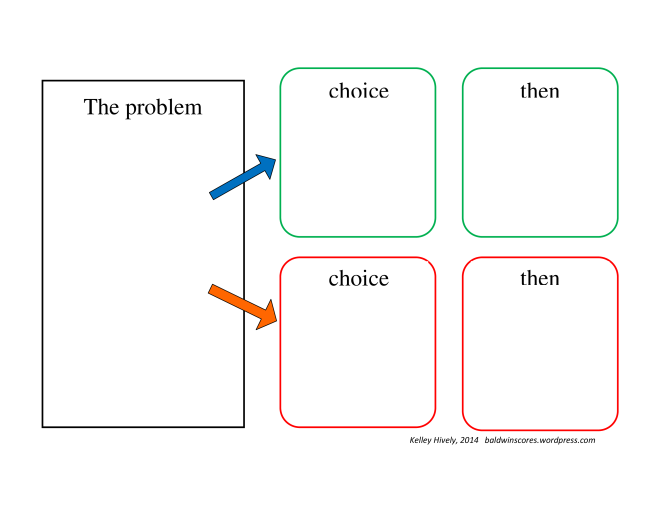 2nd/3rd grade Social Detectives: We have added a new group member and have spent time teambuilding as well as identifying expected and unexpected behaviors that keep our fellow group members feeling calm vs upset.
2nd/3rd grade Social Detectives: We have added a new group member and have spent time teambuilding as well as identifying expected and unexpected behaviors that keep our fellow group members feeling calm vs upset.
We have spent time working on increasing our conversational flexibility, taking conversational turns, participating in conversation even when the topic is not of our choice or our particular interest.
We have spent time identifying calming strategies to use when upset and chose the particular strategies that work best for us to keep in our brain “toolbox”. Some of the strategies the kids have identified include:
deep breathing
using a stress ball or glitter bottle
going to a “calm, dark, still” place
using calming self-talk
asking for help
and our favorite, thinking of our happy place.
We also spent time identifying situations that commonly make us feel stressed and how stress feels in our bodies (tight muscles, headache, upset stomach, hot, cold, etc.). We then role played situations and used our newly discovered coping skills to practice calming.
We moved onto basic problem solving using the chart above. We discussed the cost/benefit of various choices and practiced in both role play, video-based instruction, and through games.
We’ve progressed into working on basic perspective taking and social inferencing. This is challenging and will definitely be a big focus for the spring semester!
4th grade Social Thinking Experts: The boys have welcomed a new member to the group and have worked on teambuilding and identifying expected & unexpected behaviors that keep the group moving forward or interrupt the group.
We’ve continued to develop our conversation skills including how to tell when others are interested or not interested, how to moderate talk time to keep others interested, and how to take turns in a conversation. The anchor that we use with conversational turn taking is that in a conversation we “toss a ball” between conversation partners. The “ball” does not go in a specific pattern, but it is important to (a) make sure to share the ball with others (no one likes a ball hog!) and (b) to catch the ball, not grab it. We modeled what it feels like at recess when someone grabs a ball away from you in a game (angry/frustrated) and made the connection to that same feeling when you “grab” the conversation away by interrupting or talking on top of others.
We’ve also worked on developing an understanding of idioms through fiction and everyday conversation.
We’ve targeted coping skills for stress and have worked to self-identify our stress levels and use strategies to calm our systems.
Over the past few weeks, we’ve begun working through a basic understanding of executive functioning, the brain structures that govern executive functioning, common distractors, and time management.
The boys started by learning that three parts of our brain structure guide the decision making process. The amygdala, the hippocampus, and the prefrontal cortex.
Officer Amygdala is the first line of defense.
He decides immediately whether a situation is a threat that needs to be responded to through fight, flight, or freeze. If so, he responds accordingly. If not, he sends the information along to the pre-frontal cortex.
The prefrontal cortex is our wise decision maker. Like Yoda, it takes information from the amygdala and the memories of past experiences from the hippocampus and uses this information to make a decision about how to handle the situation.
The hippocampus is our memory keeper. By accessing the memory of past experience or making connections between related events, the prefrontal cortex is able to make wise decisions and keep our responses calm and rational.
The boys then took this information and role played various scenarios determining whether the amygdala should react with fight/flight/freeze or should send it on to Yoda the PFC to problem solve.
We then started discussing the idea of time management. The boys self-identified various parts of their day at home and school and determined how effectively they use their time. We identified the positive results from effective time management and the costs of ineffective time management. Then they began working on evaluating how effectively they are able to estimate how long a task will take. We did interactive centers that involved time estimation. Each of the boys brought home a time estimation challenge to complete at home this week. If you haven’t heard about it yet, ask them about it. It is due at group on Thursday this week!
Finally, we revisited Superflex and the powers of the Unthinkable, Braineater (which we renamed Brainstealer since the boys decided that Braineater is entirely too zombie-ish!). The boys identified common distractors during their day, their current strategies to stay focused, and how effective (or ineffective) those strategies currently are.
As you can see, we’ve been busy! All the groups will continue to build on their knowledge in 2015 and will become even more amazing Social Thinkers!
Thank you for sharing your amazing, brilliant, oh-so-funny children with me. I wish you all a peaceful holiday and a fantastic 2015!



